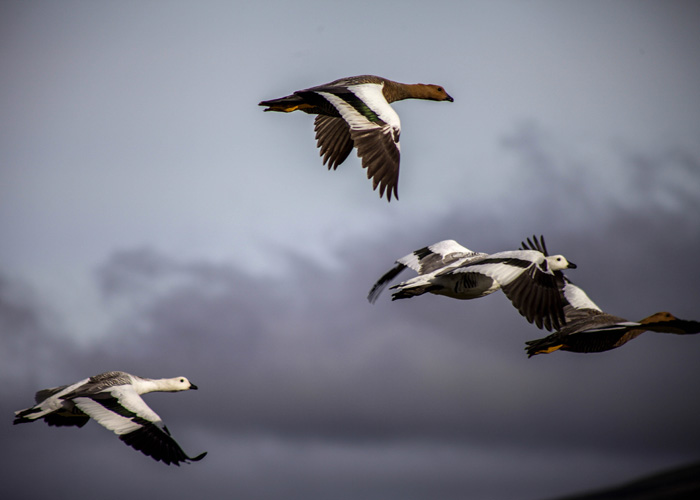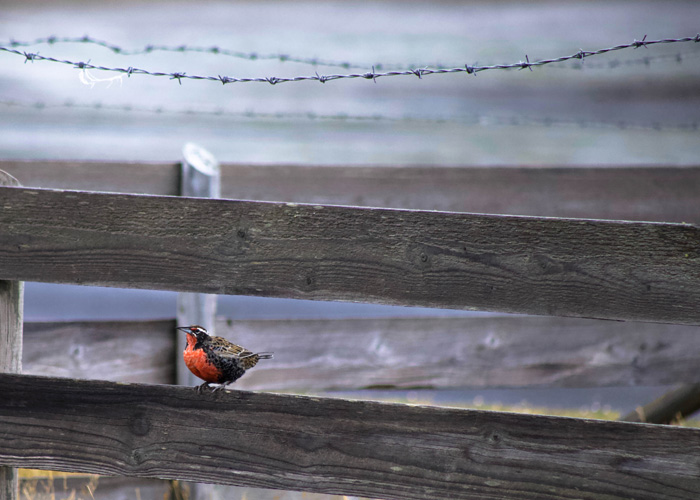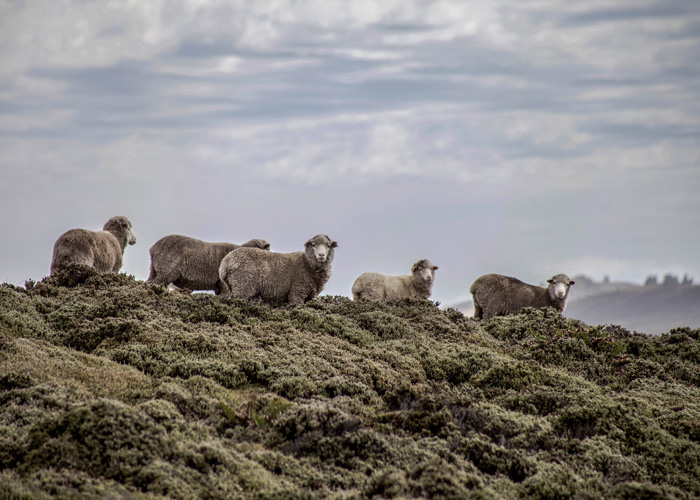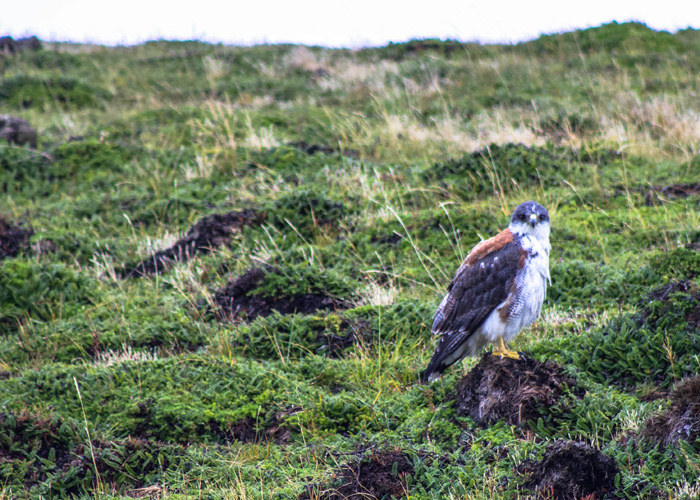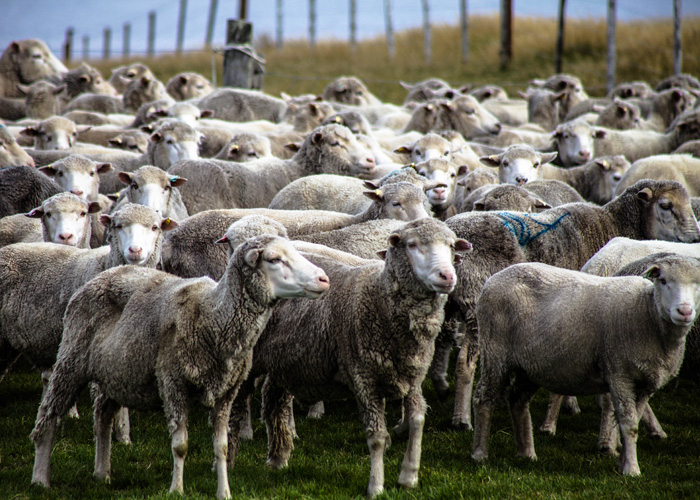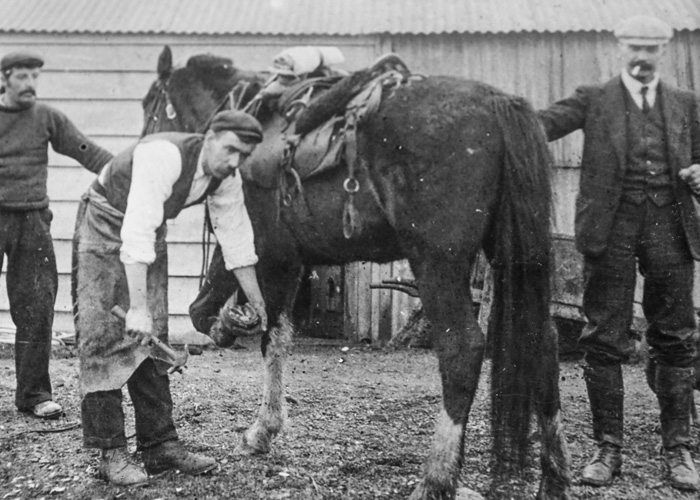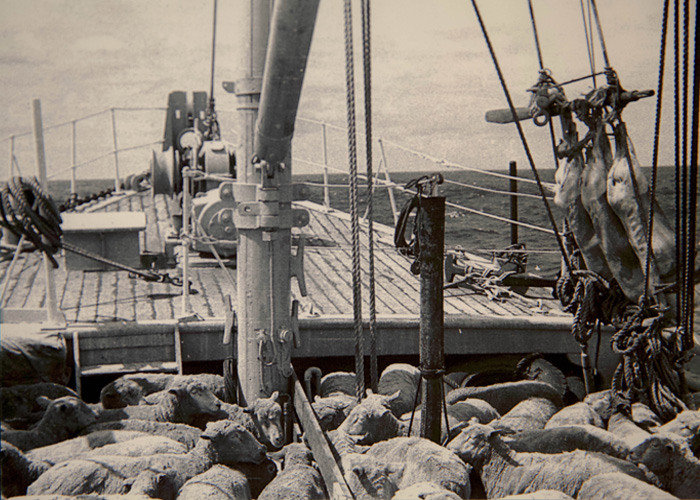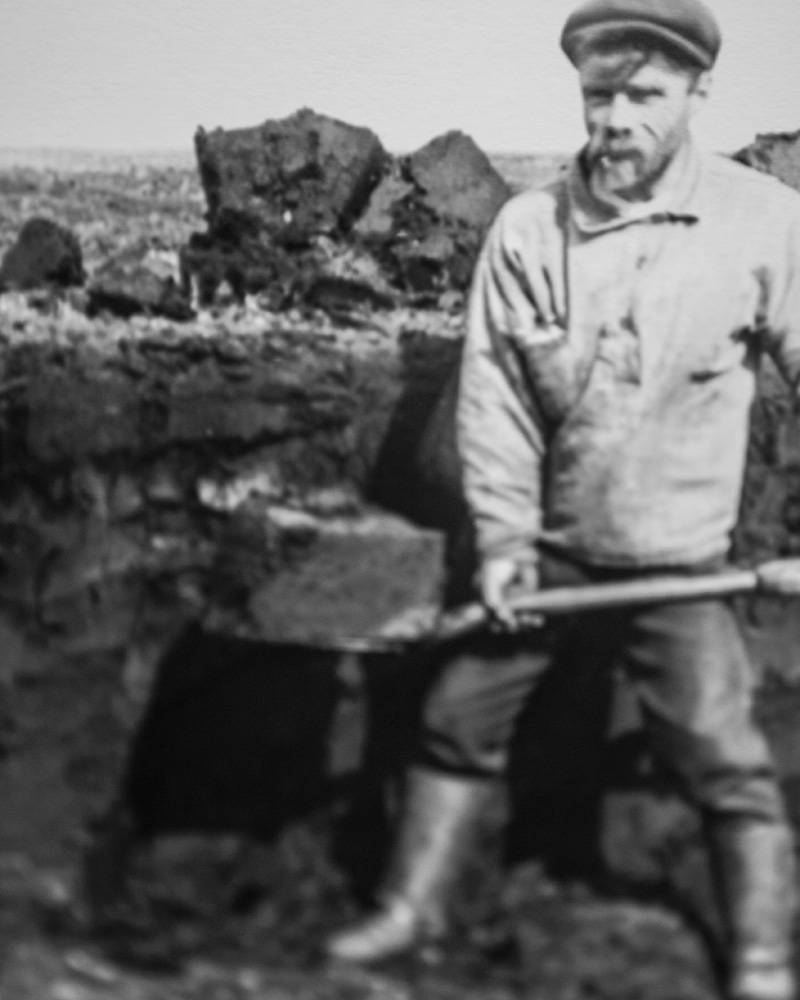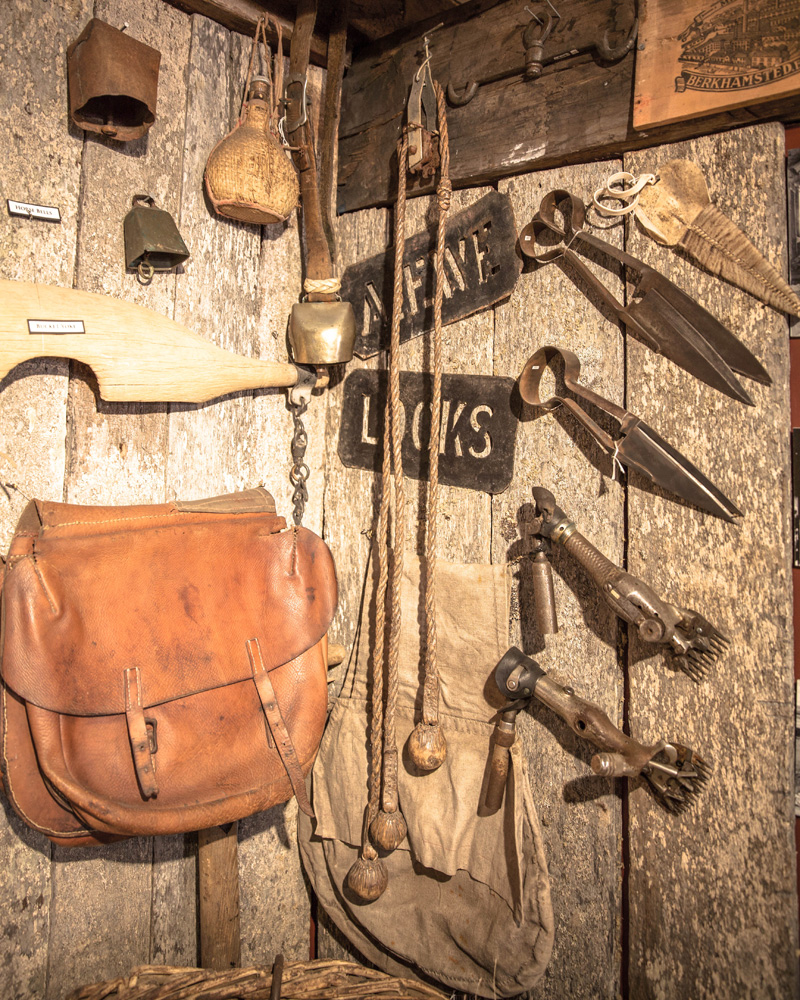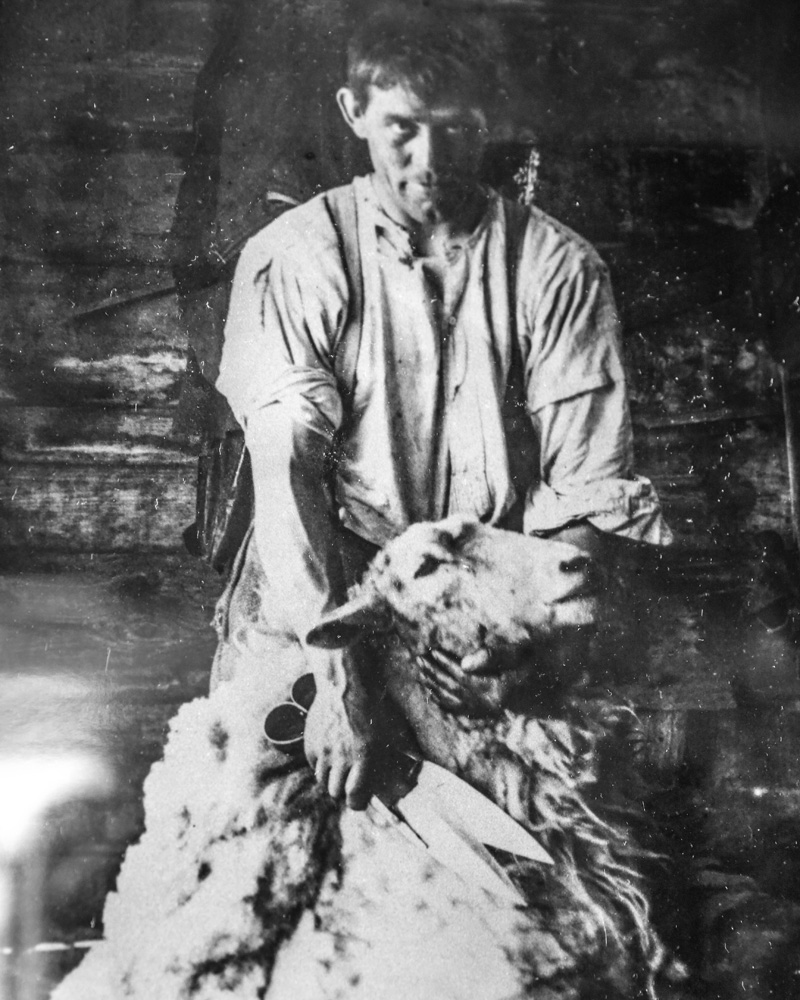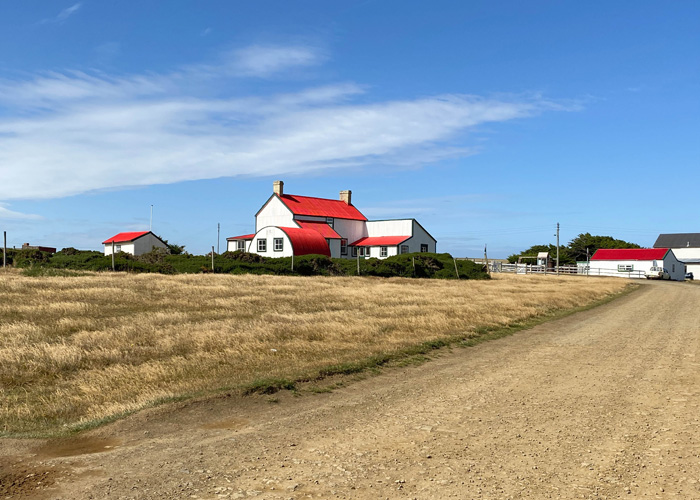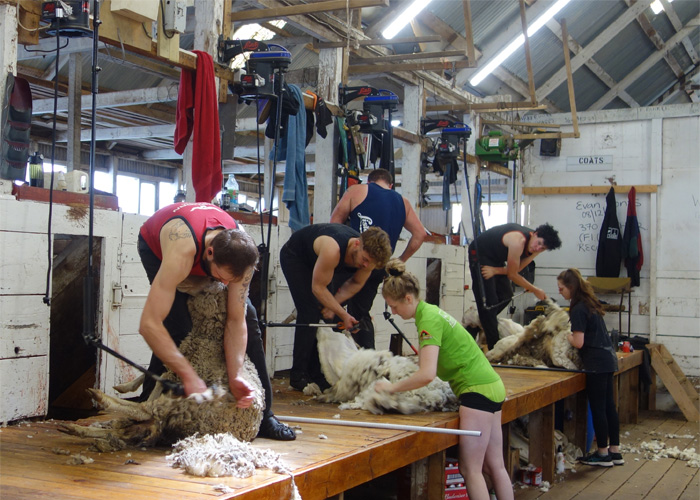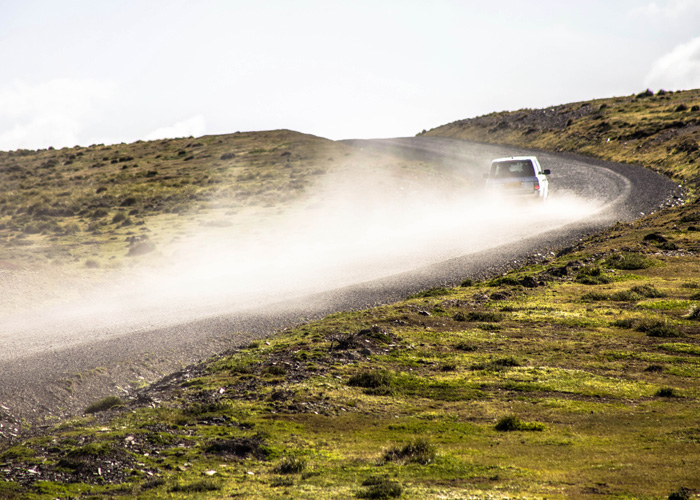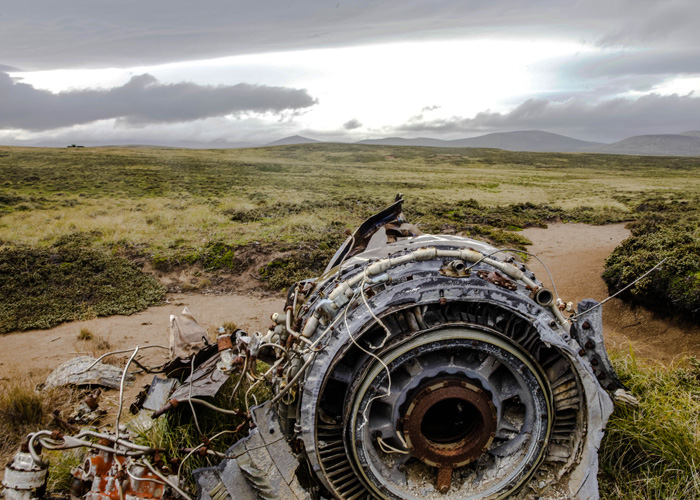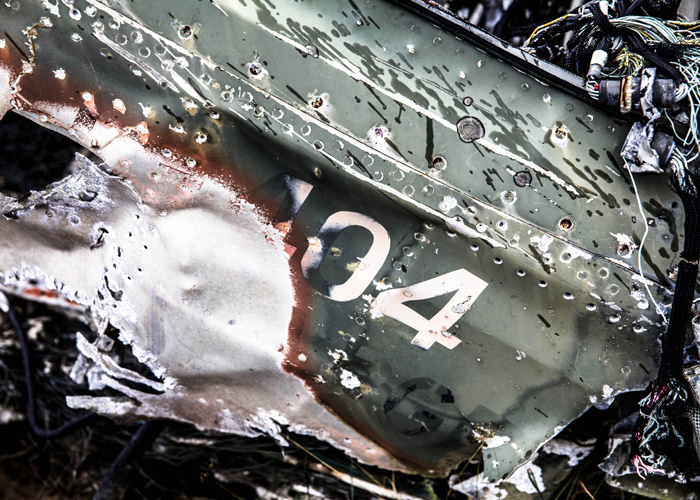With the price drop of sheep wool and sheep meat, rural exodus began.
Since the 1980s the administration of the Falkland Islands has made great efforts to prevent this.
On the one hand, considerable money came from Great Britain after the Falklands War, since the strategic importance of the Falkland Islands had become clear again. On the other hand, with the sale of fishing licenses to Asian jiggers the administration of the Falkland Islands earned plenty of money for the expansion of an infrastructure on the Camp.
And although there are still no paved roads outside of Stanley and along the connection to Mount Pleasant, all farms and stations can be reached via gravel roads. Today the farms mostly run on a combination of solar and wind power, have internet access and cell phone reception, travel with land rovers and the average farmer monitors his herds with quads and mopeds.
One dare say: They are the gauchos of the 21st century.

